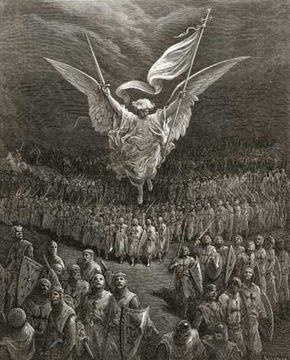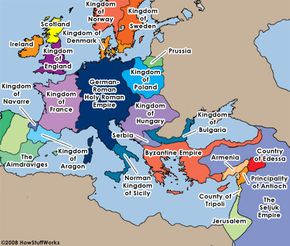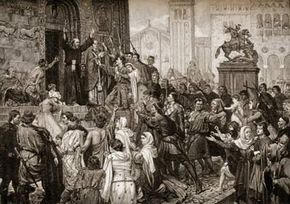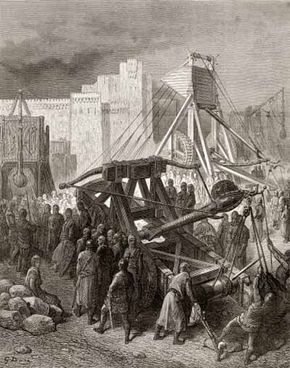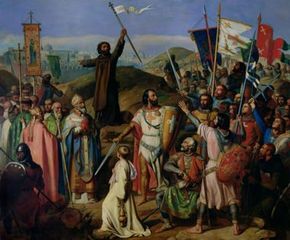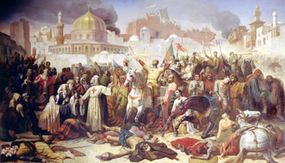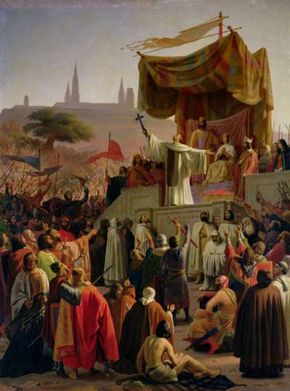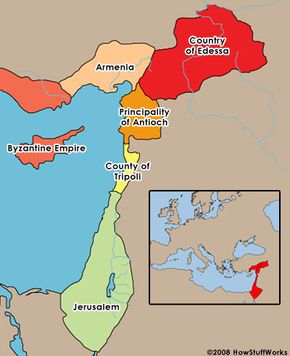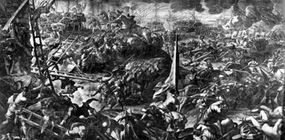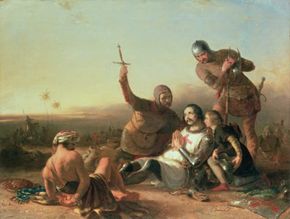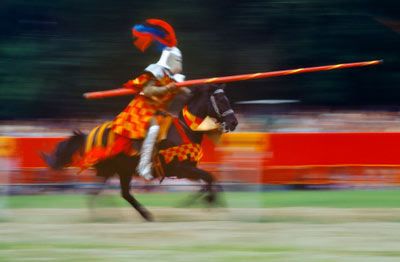The control of Jerusalem and the Holy Lands. Wars fought to defend religious beliefs. Conflicts between Islam and the Western world. These all read like topics ripped from today's headlines, but they were actually the issues of the day in the 11th century, when the pope called for Christians to rise up and go to the Crusades.
The Crusades were a series of battles, beginning in 1095 and lasting several generations, designed to gain the Holy Land for the Christians. When we think about the Crusades today, we are heavily influenced by historians' varied interpretations of the battles. We may picture knights righteously galloping off to protect the land connected with the life of Christ. Or, we may envision murderous barbarians who caused blood to gush like a river through the streets of Jerusalem. Some may connect the Crusades with greedy popes thirsty for power and land, and cast judgment on the Catholic Church for condoning such violence.
Advertisement
It's even tempting to look at the players of the Crusades and draw conclusions about conflicts in the Middle East today. President George W. Bush sparked criticism and outrage, when, in the days following the attacks of September 11, he spoke of "this crusade, this war on terrorism." Critics claimed his use of the word "crusade" implied a conflict between civilizations and religions, rather than against terrorists. And some pointed out that it was like rubbing salt in the wound of Muslims left scarred by the Crusades.
If we're going to understand how the Crusades worked, though, we're going to have to ditch our modern-day baggage. Imagine you're living in Europe at the end of the 1000s. You've never left your small town, yet you hear stories that average people like yourself are experiencing unspeakable atrocities in other lands. Your ears are ringing with these horrific tales when your religious leader announces that war against this enemy will provide you the greatest of spiritual rewards -- redemption of sin and entry into heaven. All you have to do is raise the money for your trip, walk 3,000 miles and fight an unknown foe that has military techniques you've never seen before.
Would you heed that call? Read on to find out more about the people who did, and the culture that influenced such carnage in the Holy Land.
